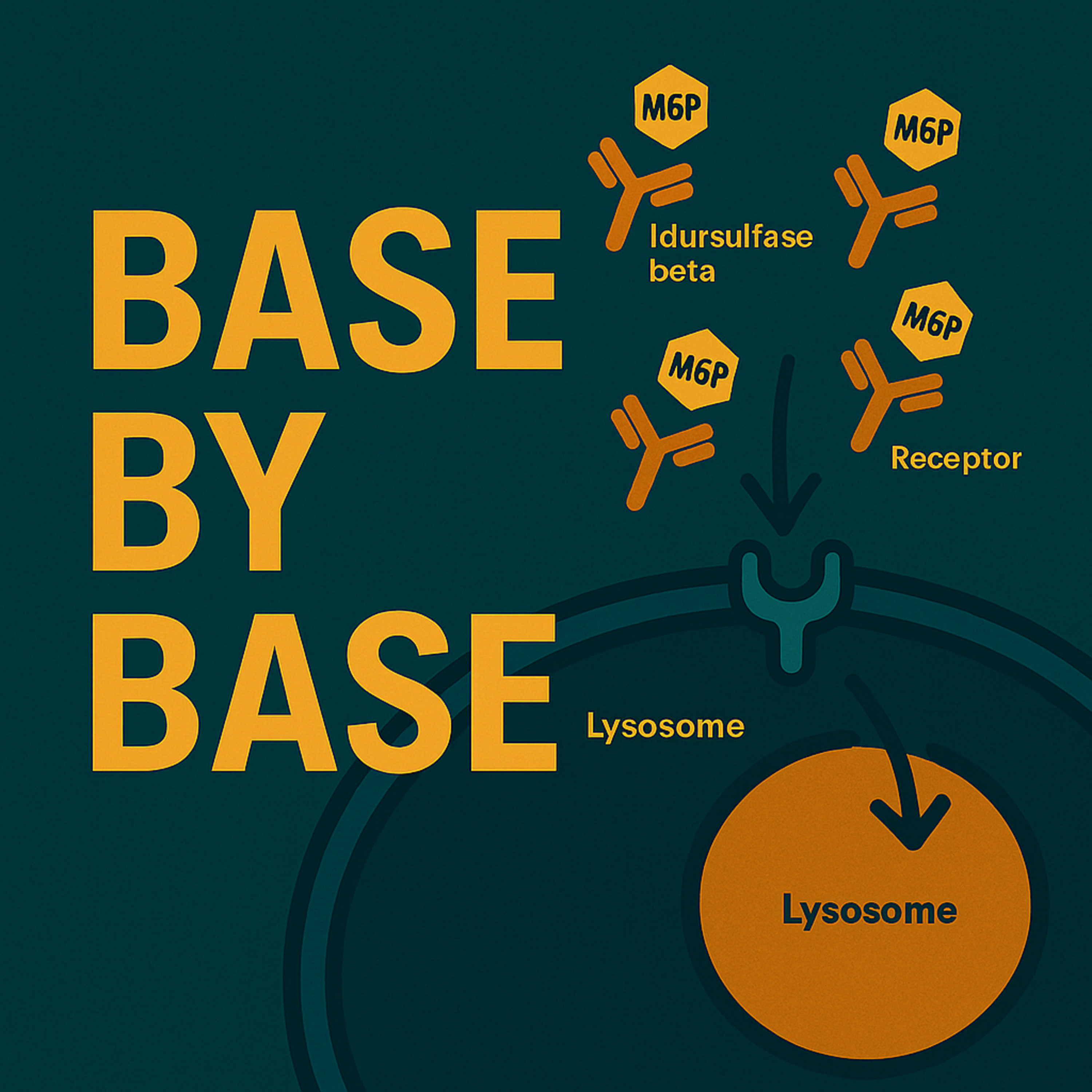Show Notes
️ Episode 52: Human Genetic Variation Reveals FCRL3 as a Lymphocyte Receptor for Yersinia pestis
In this episode of Base by Base, we dive into a cellular genome-wide association study (GWAS) of nearly 1,000 lymphoblastoid cell lines published by Keener et al. (2025) in Cell Genomics, which uncovers Fc receptor-like 3 (FCRL3) as a previously unrecognized surface receptor that mediates attachment and invasion of Yersinia pestis into human B cells. Employing the Hi-HOST platform, the authors identify a nonsynonymous SNP (rs2282284, N721S) in FCRL3 that modulates bacterial uptake, then validate that overexpression of FCRL3 in non-phagocytic HeLa cells is sufficient to trigger both adhesion and internalization of unopsonized bacteria. Through mutational analyses, they pinpoint the critical role of the first Ig-like domain for binding and define an ITAM together with an adjacent ITIM-like motif around Y722 that orchestrate SYK kinase recruitment and phagocytic signaling. Direct binding assays with purified FCRL5 extracellular domains confirm a specific interaction with Y. pestis, and phenome-wide association studies link the same FCRL3 variant to altered risk of chronic hepatitis C infection, suggesting pleiotropic effects on human infectious disease susceptibility.
Main highlights: The Hi-HOST cellular GWAS leverages global human genetic diversity to pinpoint rs2282284 in FCRL3 as a determinant of Y. pestis invasion; FCRL3 overexpression in HeLa cells drives both GFPlow bacterial attachment and GFPhigh intracellular uptake in a gentamicin-protection assay; mutagenesis of Ig-like domain 1 abolishes binding while tyrosine-to-phenylalanine substitutions in the ITAM and Y722 motif impair SYK-dependent internalization; FCRL5 extracellular domain fusion proteins bind Y. pestis directly under high-salt washes; pheWAS in BioBank Japan shows the C allele of rs2282284 is associated with reduced chronic hepatitis C risk, colocalizing with the invasion phenotype.
Conclusion: This work inaugurates a new paradigm in bacterial pathogenesis by revealing how Y. pestis exploits lymphocyte-specific Fc receptor-like proteins to create an intracellular niche, and it underscores the impact of human genetic variation on susceptibility to both ancient and modern infectious threats.
Reference: Keener, R. M., Shi, S., Dalapati, T., Wang, L., Reinoso-Vizcaíno, N. M., Luftig, M. A., Miller, S. I., Wilson, T. J., & Ko, D. C. (2025). Human genetic variation reveals FCRL3 is a lymphocyte receptor for Yersinia pestis. Cell Genomics, 5, 100917. https://doi.org/10.1016/j.xgen.2025.100917
License: This episode is based on an open access article published under the Creative Commons Attribution 4.0 International (CC BY 4.0) license – http://creativecommons.org/licenses/by/4.0/




